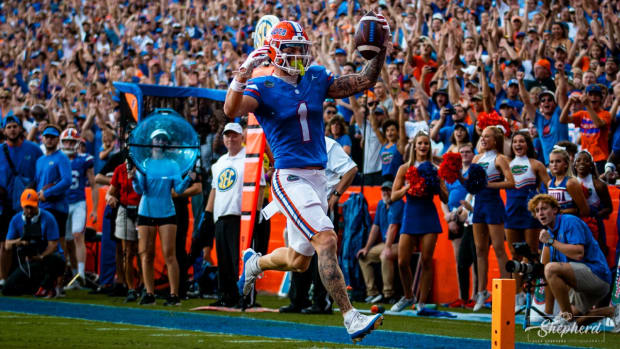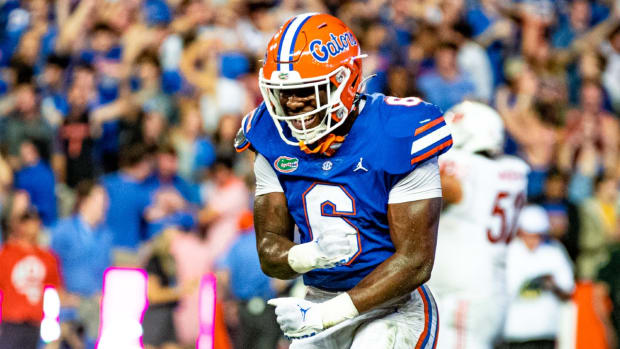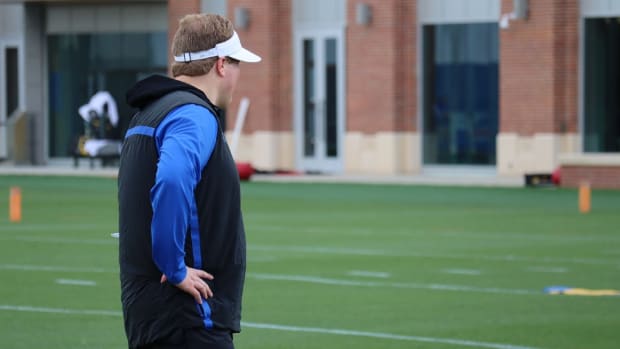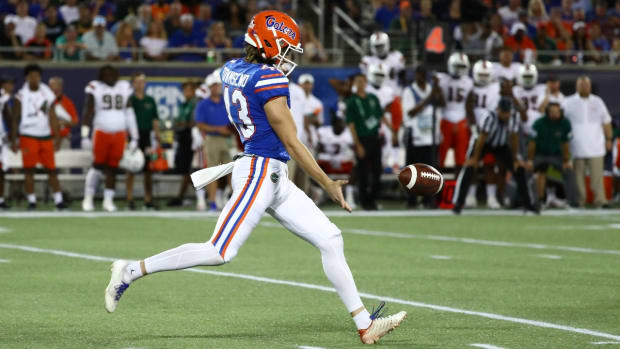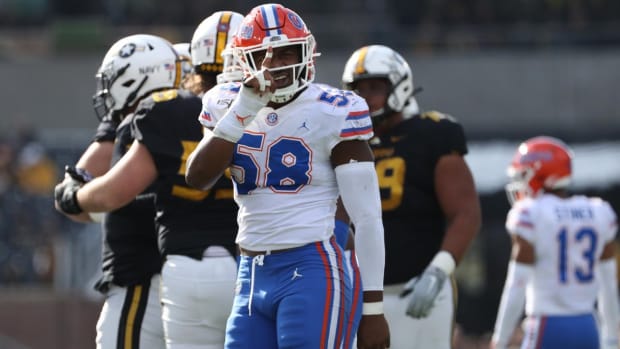Gators QB Emory Jones Should Be in Line for More Throws This Season
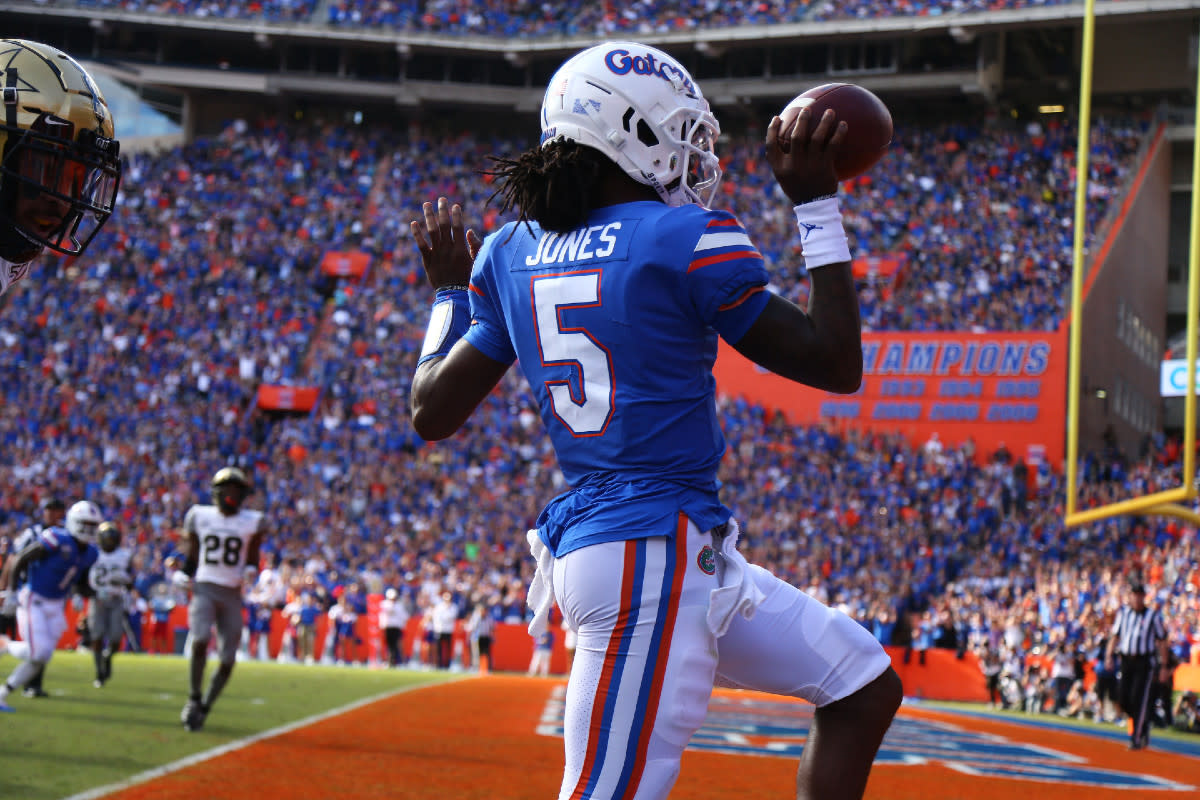
"The main thing I’d say I’ve learned is just, I just know I’m ready."
That was Gators rising redshirt sophomore quarterback Emory Jones shortly after Florida's 36-28 victory over Virginia in the 2019-20 Orange Bowl. While young, and inexperienced, Jones was able to get significant playing time on the gridiron for the first time in his career last season.
During his freshman year, Jones played in only four games, before being redshirted.
Entering his second season with meaningful playing time - third total -, Jones will enter summer or fall camp ready to go as the team's backup quarterback, while also competing with starting quarterback Kyle Trask for the starting position. Gators head coach Dan Mullen preaches competition, and the quarterback position is no exception.
Last season, Jones completed 25 out of 38 (65.8%) of his passes for 267 yards and three touchdowns.
While Jones may have not thrown the ball too often, it was on the ground where he received the majority of his action. The young quarterback rushed a staggering 42 times for 256 yards (6.1 yards per carry), and four touchdowns in 11 games of action in 2019.
While his opportunities to throw have been few and far between, taking a look at how impressive Jones was at throwing last season is important for projections moving forward.
For the Gators, they'll be able to field a player who is a true threat when running the football.
Adding a second definition, especially for a Dan Mullen-spread offense, is pivotal. Although Trask may leg up on Jones in terms of experience at the collegiate level, his ability to add an extra dimension to the team's offense is minimal.
If the Gators were to allow Jones more playing time as a passer, the opposing defense will be forced to respect the ground game - opening up more room for completions.
Jones has the merit of being a passer too.
Not only does Jones have the ability to operate in a spread offense via the run, but he has also shown the capability to make accurate, well-timed passes as well.
While this throw is not overly impressive, Jones' quick throwing motion, and arm strength to fit the ball into the end zone for former Florida wide receiver Van Jefferson is. Ball placement is key in this scenario. While in the red zone, or close to the goal line, the quarterback must be quick in his actions. The margin of error grows smaller just as the field to work with does.
While he did not attempt many deep throws (five attempts), Jones did show the potential in that area to usher in some confidence in his ability for the future. However, this isn't the best ability as a passer that Jones has.
If the Gators were to use Jones, a legitimate dual-threat quarterback, the team would have the capability to draw linebackers closer to the line of scrimmage, effectively making them irrelevant in the passing game. Against LSU, Jones did just that, with a perfect throw between the numbers to tight end Kyle Pitts.
The ball would end up falling dead on the ground due to a powerful pass breakup from projected-first round selection safety Grant Delpit, but the premise is all the same.
While Jones may not be the Gators' starting quarterback right away - and due to spring cancellations, he may be at a disadvantage -, he should still be able to be more heavily involved in the team's passing game this upcoming season.
Nevertheless, Jones is fully expected to be involved in Florida's offense this season - in some capacity.




